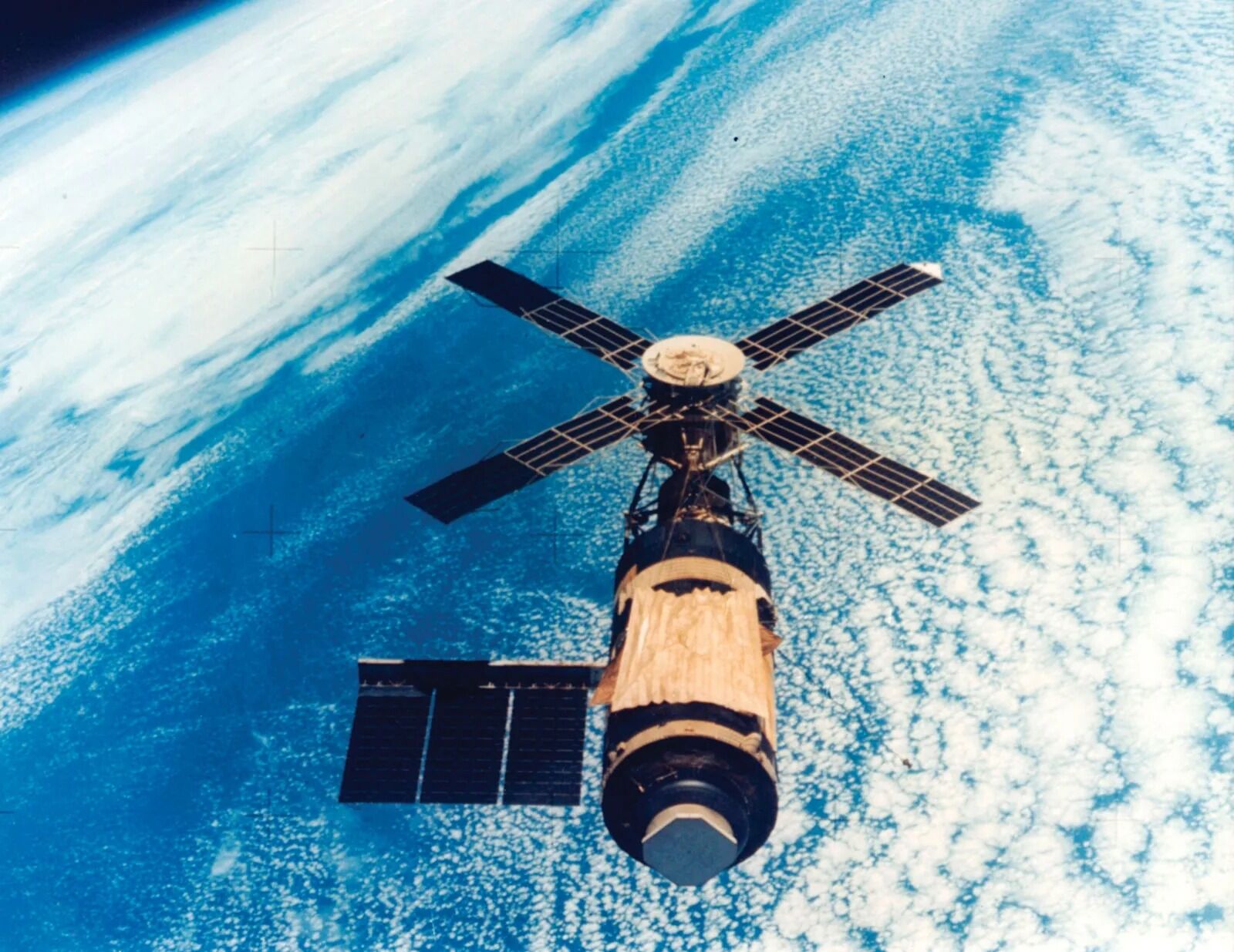
What was Skylab? Skylab was the United States' first space station, launched by NASA in 1973. It served as a groundbreaking platform for scientific research and experiments in space. Skylab orbited Earth and provided a unique environment for astronauts to study the effects of long-term space travel on the human body, conduct solar observations, and perform various scientific experiments. The station was home to three separate crewed missions, each lasting between 28 and 84 days. Skylab's missions contributed significantly to our understanding of space and laid the groundwork for future space stations like the International Space Station. Despite facing challenges, such as damage during launch, Skylab's legacy remains a testament to human ingenuity and the pursuit of knowledge beyond our planet.
What Was Skylab?
Skylab was the United States' first space station, a groundbreaking project that paved the way for future space exploration. Launched by NASA in the 1970s, it served as a laboratory for scientific experiments and a home for astronauts in orbit.
-
Skylab launched on May 14, 1973. It was sent into space by a Saturn V rocket, the same type used for the Apollo moon missions.
-
It orbited Earth at an altitude of about 270 miles. This low Earth orbit allowed astronauts to conduct experiments and observe the planet from space.
-
Skylab was about the size of a small house. It measured 118 feet long and 22 feet in diameter, providing living and working space for astronauts.
-
The station had three main parts. These included the Orbital Workshop, the Apollo Telescope Mount, and the Multiple Docking Adapter.
Skylab's Missions and Achievements
Skylab hosted several missions, each contributing to our understanding of space and Earth. Astronauts conducted experiments, observed solar phenomena, and tested the effects of long-duration spaceflight on the human body.
-
Three crews visited Skylab. These missions were Skylab 2, Skylab 3, and Skylab 4, each lasting longer than the previous one.
-
The longest mission lasted 84 days. Skylab 4 set a record for the longest human spaceflight at that time.
-
Astronauts conducted over 270 experiments. These experiments covered a wide range of scientific fields, including solar astronomy, Earth resources, and biomedical studies.
-
Skylab helped study the sun. The Apollo Telescope Mount allowed astronauts to observe solar flares and other solar phenomena.
Challenges and Solutions
Despite its successes, Skylab faced numerous challenges, both before and during its missions. Engineers and astronauts had to come up with innovative solutions to keep the station operational.
-
Skylab suffered damage during launch. A micrometeoroid shield and one of its solar panels were lost, leading to overheating and power shortages.
-
Astronauts repaired Skylab in space. The first crew installed a parasol-like sunshade to cool the station and freed the stuck solar panel.
-
Limited resources were a constant concern. Skylab had to be carefully managed to ensure enough supplies and power for each mission.
-
Communication with Earth was vital. Ground control played a crucial role in supporting the astronauts and solving problems.
Skylab's Legacy
Skylab's impact on space exploration is still felt today. It provided valuable lessons and data that have influenced subsequent space missions and the development of modern space stations.
-
Skylab paved the way for the International Space Station (ISS). Many of the technologies and techniques developed for Skylab were used in the ISS.
-
It demonstrated the feasibility of long-duration space missions. Skylab showed that humans could live and work in space for extended periods.
-
Skylab's experiments advanced scientific knowledge. The data collected helped improve our understanding of space and Earth.
-
The station re-entered Earth's atmosphere in 1979. Skylab's remnants fell over the Indian Ocean and sparsely populated areas of Western Australia.
Fun Facts About Skylab
Beyond its scientific achievements, Skylab had some interesting and quirky aspects that made it unique.
-
Astronauts enjoyed zero-gravity fun. In their free time, they played games and performed tricks in the weightless environment.
-
Skylab had a shower. It was the first space station to include a shower, allowing astronauts to clean themselves in space.
-
The station had a window for Earth observation. Astronauts could look out and take pictures of Earth from space.
-
Skylab's name was chosen through a contest. NASA held a public contest to name the space station, and "Skylab" was the winning entry.
Skylab's Legacy in Space Exploration
Skylab, America's first space station, left a lasting impact on space exploration. It wasn't just a floating lab; it was a pioneer in long-duration space missions. Skylab's experiments taught us about solar activity, microgravity's effects on the human body, and even how to grow food in space. These lessons paved the way for future missions like the International Space Station. Skylab's success showed that humans could live and work in space for extended periods, a crucial step for future deep-space missions. Though it re-entered Earth's atmosphere in 1979, its influence continues. The knowledge gained from Skylab's missions helped shape modern space exploration, making it a cornerstone in NASA's history. Skylab's legacy lives on, inspiring new generations to reach for the stars and explore the unknown. Its story is a testament to human ingenuity and the spirit of exploration.
Was this page helpful?
Our commitment to delivering trustworthy and engaging content is at the heart of what we do. Each fact on our site is contributed by real users like you, bringing a wealth of diverse insights and information. To ensure the highest standards of accuracy and reliability, our dedicated editors meticulously review each submission. This process guarantees that the facts we share are not only fascinating but also credible. Trust in our commitment to quality and authenticity as you explore and learn with us.


